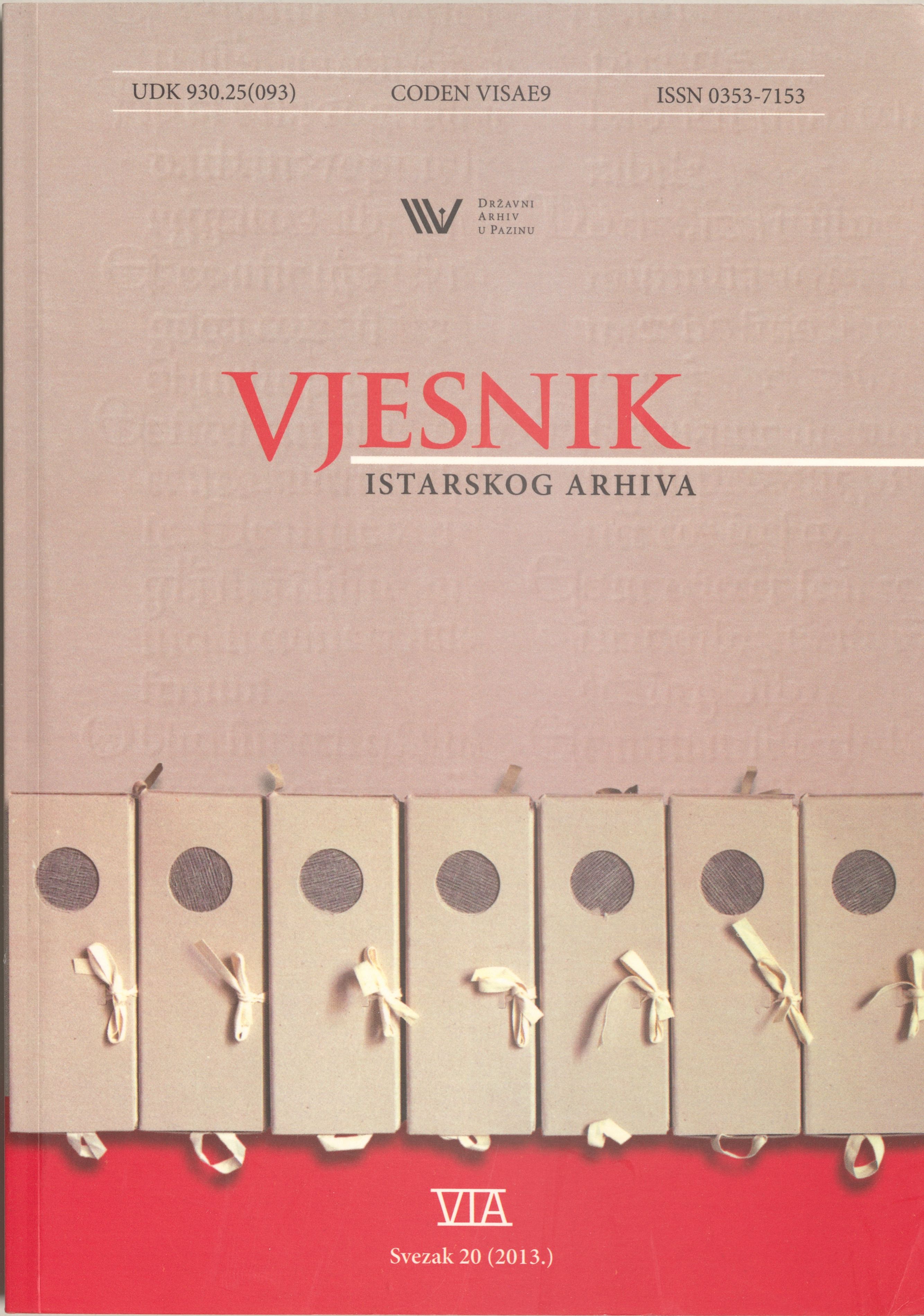Biography of Antonio Zara (1574 – 1621)
Keywords:
Antonio Zara, Anatomia ingeniorum et scientiarum, encyclopaedia, Bishop of Pićan, Jesuit College in GrazAbstract
The University Library of Graz holds one of the rare examples of Antonio Zara’s work Anatomia ingeniorum et scientiarum published in Venice in 1615 while he was the Bishop of Pićan (Lat. Petina, Ger. Piben or Biben, Ital. Pedena) in Istria.This encyclopaedia presents an overview of all the sciences and for its compilation the author used numerous authors as his sources, primarily philosophers and writers of Antiquity. The work was dedicated to the then Archduke Ferdinand, who would later become Emperor Ferdinand II. Zara’s encyclopaedia is an important record of scientific thinking of the time since the author did not just summarize and outline all scientific fields of his time, but also gave an impetus to the thinking of 17th-century Austria thus opening the door to modern natural sciences. Antonio Zara was born in Aquileia in 1574 and died in Pićan in 1621. He was the first of six sons of Orfeo Zara and Maria Barozzi. In the prologue to his work he proudly presents his genealogy underlying his close relationship with the House of Habsburg and also the frienship between the members of the two families. Zara studied with the future Emperor Ferdinand at the Jesuit College in Graz, where theya established their deep friendship. Even though his intentions were not to pursue a priestly career, he was appointed bishop at the age of twenty-six. Namely, Ferdinand needed a trustworthy person educated in the Jesuit spirit and who was capable of impeding Protestantism, which had already started to spread in Istria, to fill the vacant seat of Pićan. Zara was thus bestowed bishop’s honour in 1601 by special license from the Pope. Zara was greatly interested in science even after he had become Bishop. In his residence he possessed a rich library from which he extracted data for his Anatomia. In this encyclopaedia he described particular sciences and in the overview presented them as being very close to elements of a universal science.
Downloads
Published
Issue
Section
License

This work is licensed under a Creative Commons Attribution-NonCommercial 4.0 International License.

